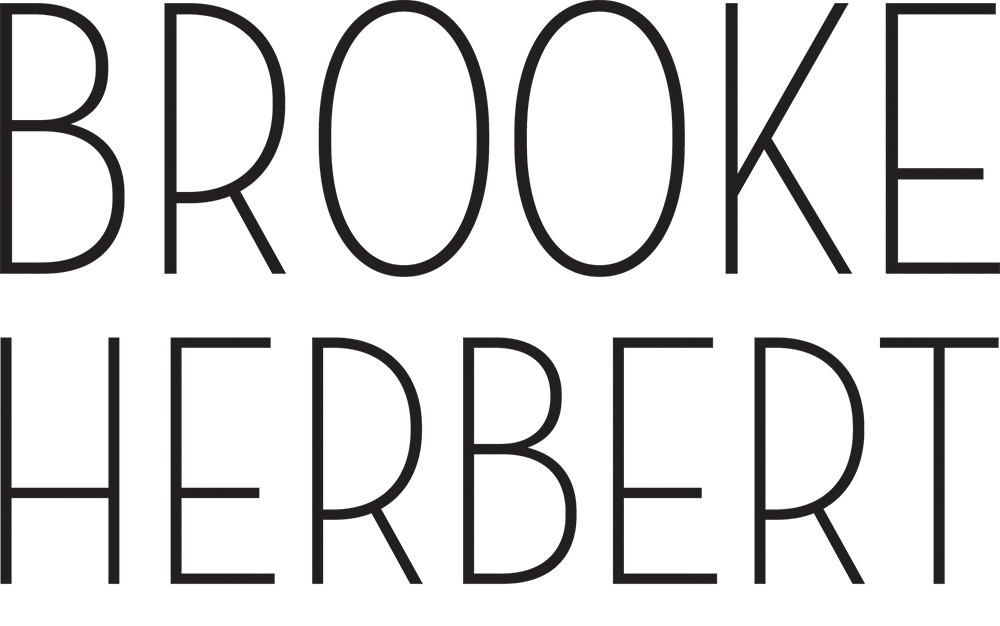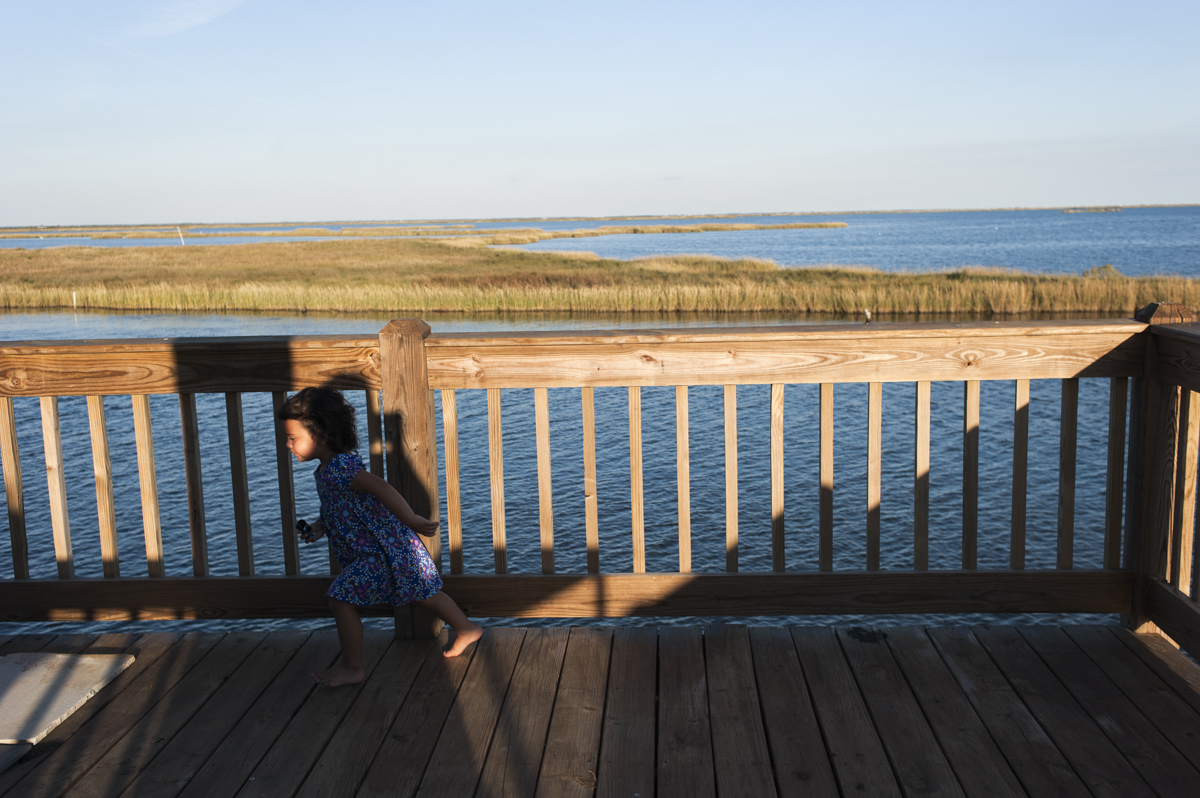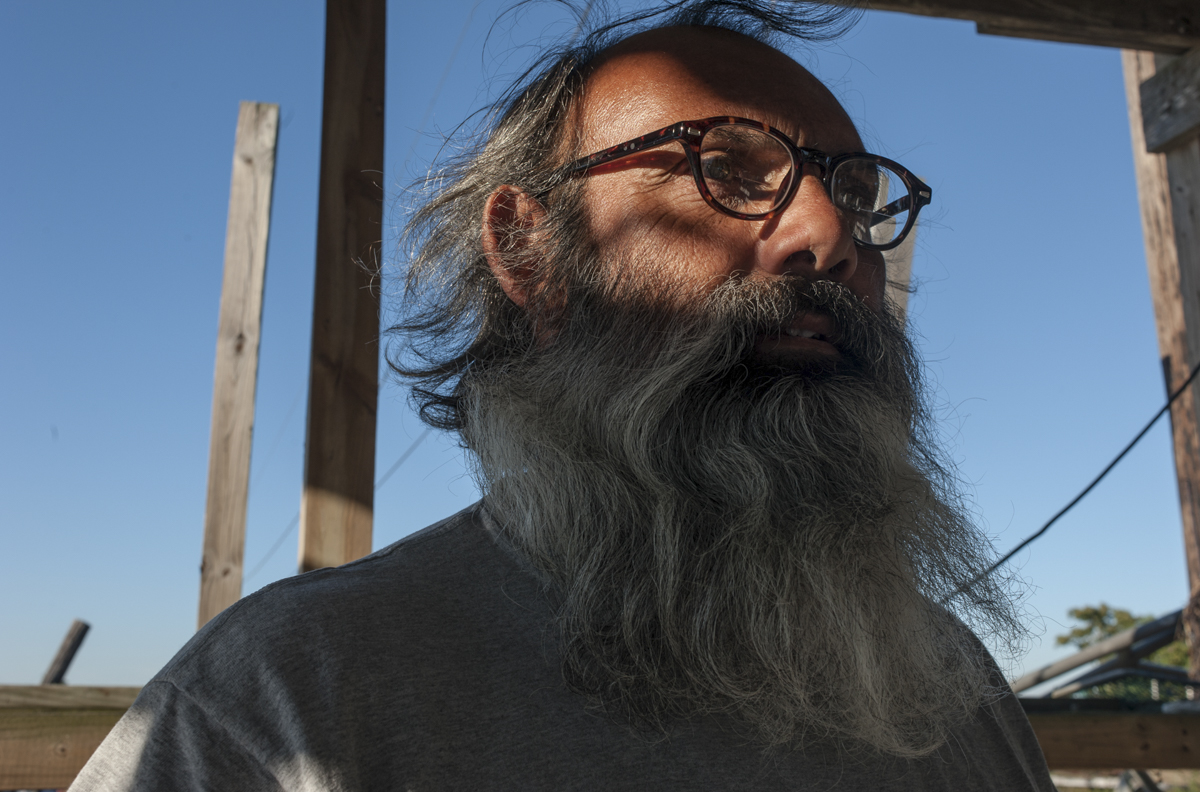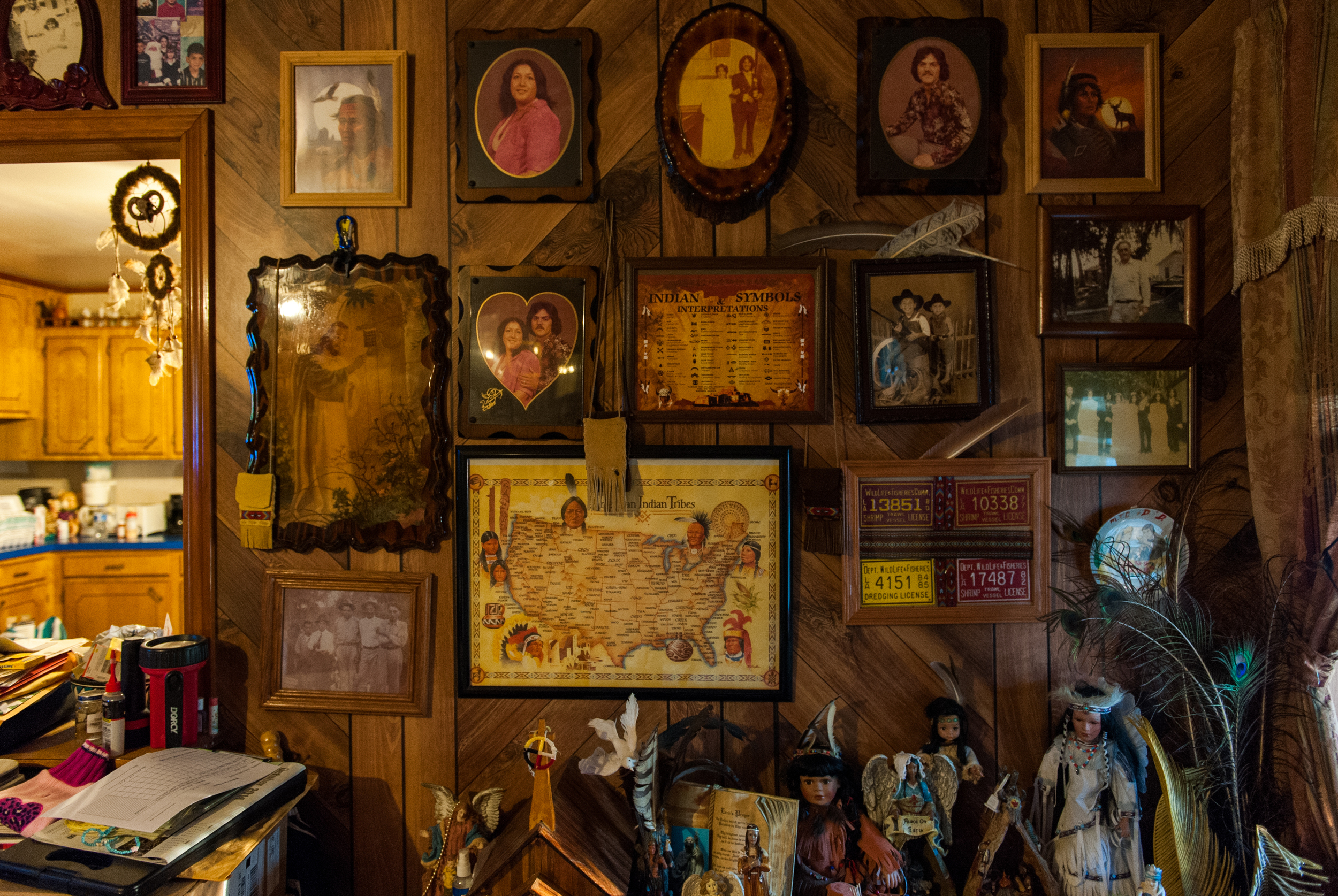On an October morning before the sun came up, Jake Billiot and Carl Couvillier were at the Pointe-aux-Chenes Marina on the tip of the bayou pulling in nets from Jake’s shrimping boat and conversing in French about that morning’s catch. In recent years, though the amount of water surrounding the bayou has increased, that catch has gotten smaller and smaller. Jake and Carl move and speak seamlessly, like men who’ve known each other their whole lives. Indeed they have. Carl walked down the dock—his white shrimping boots squelched against the wood as the seagulls squalled overhead. He looked out into the water past Jake’s boat and saw the tip of a tree trunk peeking out through the water. He said to me, “That used to be on land. Now it’s submerged. Seems like it happened overnight.” And though there is now more water than land here, I remembered that this place was named in French for the oak trees.
Driving south down Highway 665 almost two hours from New Orleans—straddling Terrebonne and Lafourche Parishes—one has decidedly entered Bayou Country. The road narrows and those namesake trees and the iconic cypress thicken.
A sticky late autumn heat hovered above the algae-green passageways of water on bayou Pointe-aux-Chenes, Louisiana. Lining the sides of this almost mystical bayou, houses rise taller and taller on stilts, a reminder of the hurricanes and flooding that the people in this part of the country have endured. Further down this bayou those thick, green trees become intertwined with ghostly rows of skinny, grey trunks — skeletons that were once also lush before the saltwater moved in. At the end of the road lies this community where a tribe is confronting monumental land loss and with that, the threat of losing their community, their culture and their way of life.
As the good earth sinks: Loss of land and a way of life on a Louisiana bayou examines a closely-knit tribal community on the Louisiana Gulf coast bayou of Pointe-aux-Chenes. Due to rising sea levels and impacts from oil drilling, the land is subsiding quickly and the tribe struggles to maintain their way of life and their identity.
Though they experience rapid changes to their land, the community continues the traditions that provide them with a means of living and connect them to this place — shrimping, oystering, boiling crabs on the docks or building bonfires on the bayou’s edge. But extensive damage to coastal wetlands and loss of property leaves them worried. This is complicated by the fact that they, along with many tribes in Louisiana, aren't federally recognized, and are thus left without much power to save their land.
Struggling to preserve their Native culture for future generations is becoming an ever-increasing struggle as they watch their homeland disappear.



























